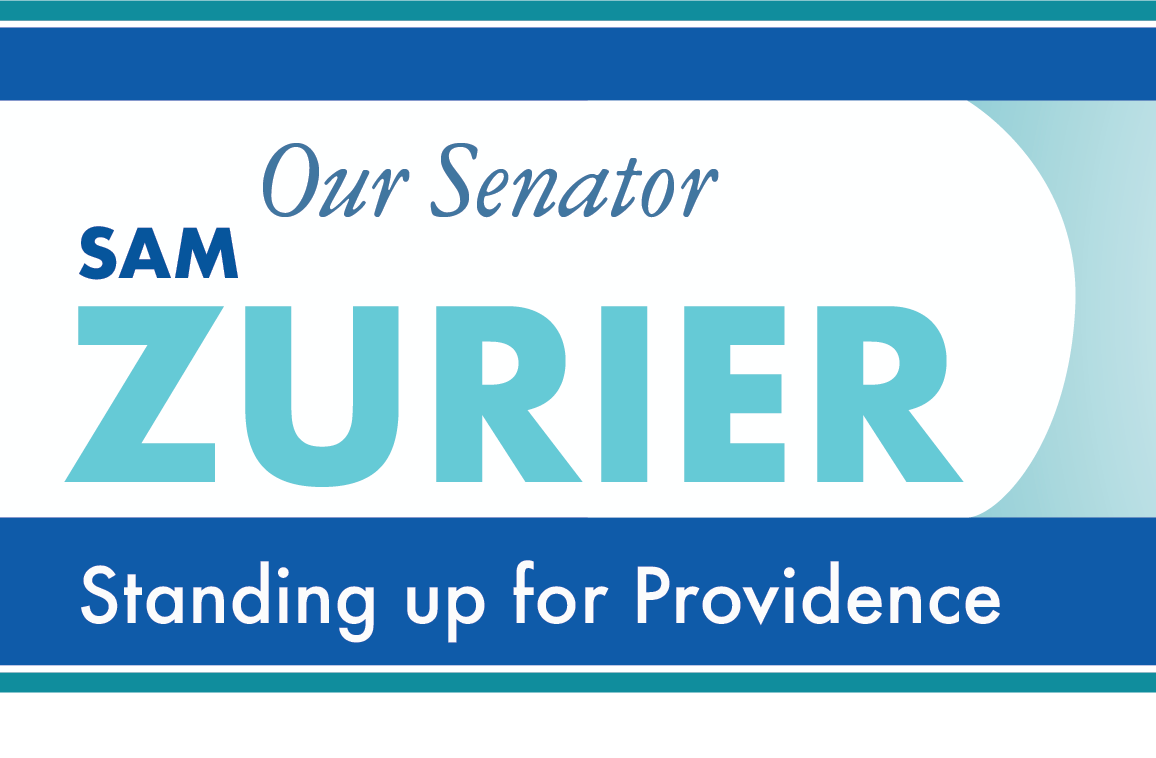With Halloween on the way, this week’s letter discusses a proposal to change the name of Magee Street, the upcoming neighborhood meeting on infrastructure repairs and City services and the State’s task force reviewing school building repairs.
Rhode Island does not have a difficult history with Confederate flags or statues to Confederate war generals, but we have a complicated history with the slave trade. On Monday night at 5:30 at City Hall (Third Floor) the Committee on Urban Redevelopment, Renewal and Planning (URRP) will hear a proposal to change the name of Magee Street to Bannister Street. The street is one block long, connecting George and Benevolent Streets at the Brown University campus. The street was named in 1807 after William Fairchild Magee, who owned property in the area. Mr. Magee was a merchant who was involved primarily in the China trade, but late in his career traded for slaves just before the United States imposed a ban in an unsuccessful effort to avoid bankruptcy, which ultimately led him to leave Rhode Island to live in China. At the suggestion of Stages of Freedom, the street will be named after Edward Mitchell Bannister and Christiana Carter Bannister, an African-American couple, each of whom has earned a place in the Rhode Island Heritage Hall of Fame for their artistic (Edward) and philanthropic (Christiana) achievements.
On Wednesday, November 8 at 6:30 p.m. at Nathan Bishop Middle School, we will have a neighborhood meeting with Michael Borg, Director of Public Works, Melissa Malone, Chief Operating Officer and Andrew Jacques, the Director of the City’s PVD 311 program for city services. I have heard generally good feedback from constituents using the program, in terms of promptness and accountability. Mr. Jacques will help introduce you to how the system works and what it can do for you.
On Thursday night, I attended a public meeting of the Rhode Island School Building Task Force, which has the responsibility of assessing the State’s inventory of school buildings, the cost of repairs and renovations, and the options available to accomplish the needed repairs and renovations. The assessment determined that, across the State, there were approximately $45 million in urgent repairs, slightly over $600 in additional “warm, safe and dry” repairs, and then another approximately $1.6 billion in renovations to improve schools to provide optimum learning environments. The Treasurer, who is a co-Chair, stated that they are looking at different sources of new funding, including the possibility of the State issuing a school repair bond. This could change the current funding scheme, whereby local school districts issue bonds for school construction, and the State reimburses a portion of the financing costs through annual appropriations. The current system has placed great stress on the City’s debt capacity, and a shift to partial State bond financing will benefit the City’s credit rating. The Governor charged the Task Fore with a December 15 deadline to produce a report. I urged the Task Force members to avoid the temptation to take short cuts, and be sure to define a plan that defines a clear and realistic path to bring the State’s school buildings up to a standard that is worthy of our children.
Sincerely,

